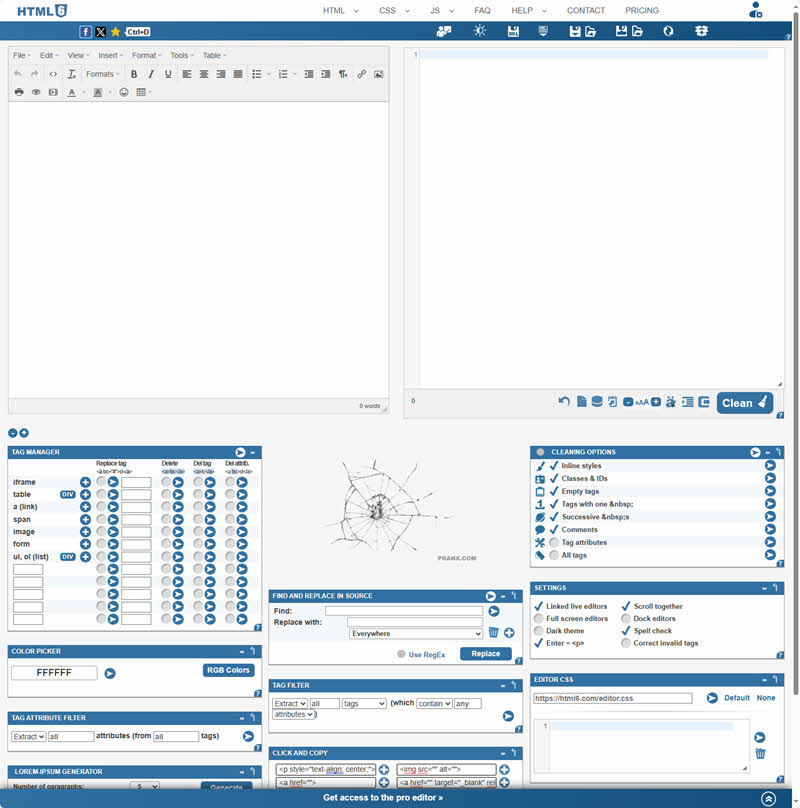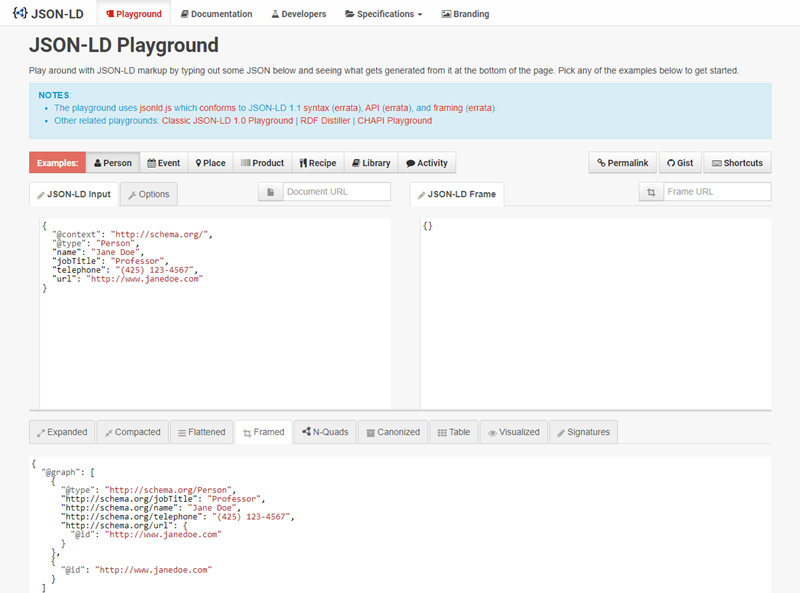Software Development
When working with software versions like 1.0.2 or 3.45.12-SNAPSHOT, it's common to use regular expressions (regex) to validate or extract these patterns. This Snipp shows you a simple and effective way to match such version numbers using regex.
What We Want to Match:
1.0.23.32.343.45.12-SNAPSHOT
These are typical semantic version numbers and may optionally include a suffix like -SNAPSHOT.
The Regex:
^\d+\.\d+\.\d+(?:-SNAPSHOT)?$How It Works:
^— Start of the string\d+— One or more digits (major, minor, patch)\.— Dots separating version parts(?:-SNAPSHOT)?— Optional suffix (non-capturing group)$— End of the string
Matches:
- ✔️
1.0.2 - ✔️
3.32.34 - ✔️
3.45.12-SNAPSHOT
Not Matched:
- ❌
1.0 - ❌
3.2.4-RELEASE - ❌
a.b.c
This pattern is useful when validating software version inputs in forms, logs, or build scripts.
Open source software (OSS) has evolved from a niche hobby to the backbone of mission-critical systems—from cloud infrastructure to AI platforms and government services. Today, embracing OSS isn’t optional; it’s a strategic choice offering several key benefits:
- Speed & Flexibility: Without vendor lock-in or license fees, teams can rapidly prototype, customize tools to fit needs, and iterate freely.
- Security & Quality: Public scrutiny by global communities accelerates bug fixes, security patches, and code improvements .
- Innovation & Talent: Companies contributing to or releasing OSS (like TensorFlow or React) boost their brand, attract skilled developers, and tap into shared advances.
- Interoperability & Scalability: Open standards and modular licensing prevent lock-in and ease future platform changes .
However, businesses must also navigate challenges: support isn’t automatic (so consider vendor-backed services), choose active and well-governed projects, and understand licensing implications before adoption .
By forging smart open source strategies—engaging with communities, investing in support, and contributing back—companies can accelerate growth, control costs, and stay ahead in an evolving digital landscape.
Original link: https://towardsdatascience.com/why-open-source-is-no-longer-optional-and-how-to-make-it-work-for-your-business/
Keeping your HTML tidy is crucial for clean code and better website performance. HTML Cleaner is a free, browser-based tool that helps you remove unwanted tags, inline styles, and messy formatting from your HTML code. It's especially useful when copying content from sources like Microsoft Word or Google Docs, which often include extra markup that clutters your code.
You can paste your HTML, adjust cleaning options (like stripping tags or converting special characters), and instantly get a clean, simplified output. It's fast, easy to use, and doesn't require installation or sign-up — making it ideal for developers, bloggers, and content creators.
Try it here: https://www.innateblogger.com/p/html-cleaner.html
Looking to start coding this year? Travis from Travis Media shares eight essential principles to set you up for success:
- Set a clear goal and timeline: Know what you’re aiming for—whether landing your first job or launching a project—and give yourself deadlines to stay motivated.
- Focus on fundamentals, not trends: Learn core concepts (like data structures, algorithms, debugging) before chasing the latest shiny frameworks.
- Build real projects: Apply what you learn by creating small apps, contributing to open-source, or freelancing to develop practical skills and a portfolio.
- Balance breadth and depth: Start broad to discover what you like, then go deep in one area (web, mobile, data, etc.) to stand out.
- Find a community: Join forums, Discord groups or local meetups for support, feedback, and valuable connections.
- Practice consistently: Daily or weekly coding beats binge sessions—small, steady progress is more effective.
- Embrace failure and feedback: Treat bugs and critiques as learning opportunities, not setbacks.
- Maintain long-term focus: Stay curious, keep learning, and plan for ongoing development beyond your first project or job.
These rules are concise, practical, and beginner‑friendly—packed with insight for anyone starting a coding journey today.
This code removes HTML text nodes that have no non-whitespace content.
foreach (var node in document.DocumentNode
.DescendantsAndSelf()
.Where(n => n.NodeType == HtmlNodeType.Text &&
string.IsNullOrWhiteSpace(n.InnerText)).ToList())
{
node.Remove();
}DescendantsAndSelf() will include the root node in the search, which may be necessary depending on the requirements.ToList() to create a separate list for removal, avoiding issues with modifying the collection while iterating
{
"glossary": {
"title": "example glossary",
"GlossDiv": {
"title": "S",
"GlossList": {
"GlossEntry": {
"ID": "SGML",
"SortAs": "SGML",
"GlossTerm": "Standard Generalized Markup Language",
"Acronym": "SGML",
"Abbrev": "ISO 8879:1986",
"GlossDef": {
"para": "A meta-markup language, used to create markup languages such as DocBook.",
"GlossSeeAlso": ["GML", "XML"]
},
"GlossSee": "markup"
}
}
}
}
}Customers can now deterministically restrict their workflows to run on a specific set of runners using the names of their runner groups in the runs-on key of their workflow YAML. This prevents the unintended case where your job runs on a runner outside your intended group because the unintended runner shared the same labels as the runners in your intended runner group.
Example of the new syntax to ensure a runner is targeted from your intended runner group:
runs-on:
group: my-group
labels: [ self-hosted, label-1 ]In addition to the workflow file syntax changes, there are also new validation checks for runner groups at the organization level. Organizations will no longer be able to create runner groups using a name that already exists at the enterprise level. A warning banner will display for any existing duplicate runner groups at the organization level. There's no restriction on the creation of runner groups at the enterprise level.
This feature change applies to enterprise plan customers as only enterprise plan customers are able to create runner groups.
Source: GitHub Actions: Restrict workflows to specific runners using runner group names
C# String.StartsWith() method determines whether this string instance starts with the specified character or string.
String.StartsWith(ch)
String.StartsWith(str)
String.StartsWith(str, ignoreCase, culture)
String.StartsWith(str, comparisonType)The JSON-LD Playground is a web-based JSON-LD viewer and debugger. If you are interested in learning JSON-LD, this tool will be of great help to you. Developers may also use the tool to debug, visualize, and share their JSON-LD markup.
- .NET
- Agile
- AI
- ASP.NET Core
- Azure
- C#
- Cloud Computing
- CSS
- EF Core
- HTML
- JavaScript
- Microsoft Entra
- PowerShell
- Quotes
- React
- Security
- Software Development
- SQL
- Technology
- Testing
- Visual Studio
- Windows

